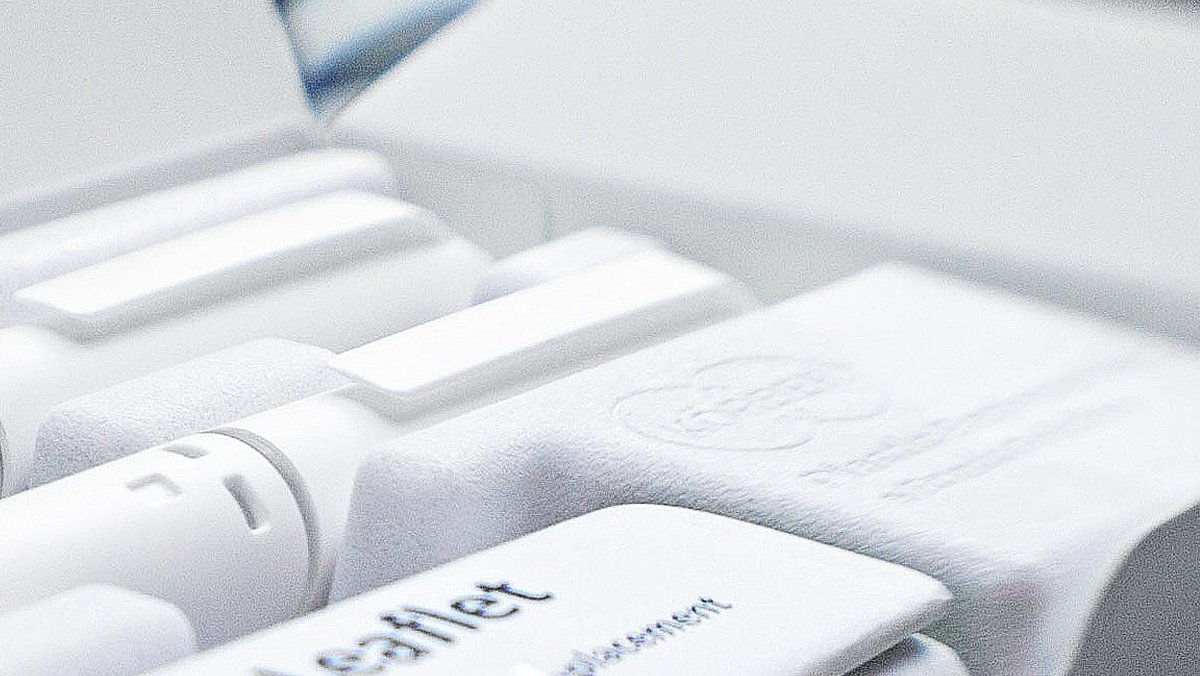Sustainable Packaging for Medicines
In the current competitive landscape, pharmaceutical brands are looking for ways to differentiate themselves from competitors. They can gain an advantage through the sustainable packaging of their medicines. A few examples of sustainable packaging materials include Corrugated cardboard, Biodegradable plastics, Paper, Aluminium, and more. These materials are biodegradable and can be recycled.
 Corrugated cardboard
Corrugated cardboard
Corrugated cardboard is an environmentally friendly packaging option that can be used for medicines and medical devices. It is a single-material solution that is e-commerce compatible. Furthermore, it provides better protection for medicines during the e-commerce delivery process.
Corrugated cardboard is made of a layer of corrugated paperboard. The ridges in the paperboard act as an extra layer of protection, protecting items inside from damage. These ridges also provide flexibility, which is usually needed in packaging. The material also protects products from the elements and prevents harmful bacteria from penetrating the packaging.
Corrugated cardboard is also a versatile and customisable Pharmpac-NZ sustainable packaging material. For example, it can be custom printed and painted, and as a result, it can help reduce the strain on finite resources as an environmentally friendly packaging material. In addition, corrugated boxes can be folded up for later use. It means that they take up minimal space.
Biodegradable plastics
The healthcare industry is increasingly turning to environmentally friendly materials in the production of medical packaging. It is one of the main drivers behind the rising use of biodegradable plastics. Suppliers are developing biodegradable medical plastics from renewable sources, such as plants. For example, hemp processing waste can be converted into green polyethylene. In addition, sugarcane ethanol can be used to produce biodegradable polycarbonate. Biodegradable polyethylene can also be produced from a naturally occurring sugar called thymidine. Another method is to use seaweed-based polyhydroxyalkanoate.
Biodegradable plastics are characterised by their ability to degrade and release water, carbon dioxide, and biomass over time. These materials are frequently made from renewable raw materials, microorganisms, or petrochemicals. The biodegradable medical plastics market is segmented by region, application, and type.
The biodegradable Pharmpac-NZ sustainable packaging materials used in the pharmaceutical industry are increasingly being used due to the strict regulatory guidelines for product safety. The FDA, the European Medicines Agency, and the Medicines and Healthcare Products Regulatory Authority have all been cited as driving this industry’s adoption of biodegradable materials.
Paper
Paper sustainable packaging for medicines is an important alternative to conventional plastics. Paper can be recycled and is a renewable resource. It has many benefits, including improved dose control and convenience for patients. Pharmaceutical manufacturers must consider this alternative to reduce their plastic usage. In addition, they should use recycled paper whenever possible, reduce the number of colours used on the packaging, and avoid bleaching cardboard.
In addition, pharma manufacturers are increasingly looking to reduce energy and material consumption. The current trend in the industry is to use plastics, which have a low carbon footprint. In the past decade, plastics have replaced metal and glass.
They are also recyclable and safe in most applications, except for food packaging. While they are not harmful to the environment, it is important to limit the use of single-use plastics. For food and takeaway products, manufacturers should use paper-based packaging instead.
Pharmaceutical manufacturers are also increasingly asking about sustainable packaging. Some manufacturers have already started making changes to their processes and materials. For instance, they’ve shifted from PVC to polyolefin, which has better barrier properties. This change will save up to 20 million pounds of plastic a year.
Aluminium
Aluminium is a popular material for sustainable packaging of medicines, as it is largely recyclable and can be recycled at low costs. Recycling aluminium results in less waste than the current process of producing primary aluminium from bauxite, which is highly energy-intensive. Recycling plastics and aluminium from waste has also been environmentally beneficial.
However, recycling pharmaceutical blister packs is more complex than it might seem. They are made of a complex structure that includes polymers, metals, and a bonding agent. As a result, these packages are usually thrown away with household waste and contribute to pollution. Luckily, some processes can separate plastic and aluminium, making reusing pharmaceutical packaging more sustainable and profitable.